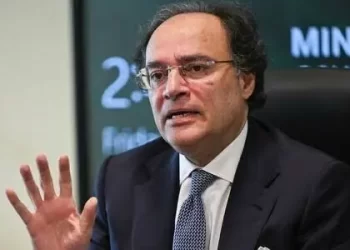- There are many reasons why Helsinki is considered such a happy place.
- The city seemed organized, the locals were friendly, and I felt safe despite its size.
- Helsinki is also home to some impressive design and beautiful public spaces.
Home to more than 1.3 million people, Helsinki is the capital of Finland — the happiest country in the world for the last six years, according to the World Happiness Report.
But mention this to locals and they’ll often disagree. Finns frequently object to their cheerful reputation, saying the report really measures life satisfaction and is based primarily on Gallup World Poll data, which typically comes from surveys of around 1,000 people per country.
But after spending three days in the city, I could see why Finland ranked so highly for happiness — even if the locals can’t.
The city has a strong sense of community
Helsinki may be a capital city, but at times it felt like a small town.
Insider
On Saturday, people were gathered at the open-air market in Kauppatori Square by the harbor. The market sold everything from fresh vegetables to wooden cutlery to plants. Many residents also stopped to eat at the market-food stalls, sitting outside despite the cold wind.
Insider
The roads in the city weren’t busy and cars were few and far between, with most people seeming to opt for public transport.
Helsinki is also almost constantly lit in the summer months, as it benefits from an arctic phenomenon called “midnight sun.” In May, the city is still in bright daylight at 9 p.m. and locals say that in the summer — when the country has almost 24 hours of light — you can read a book outside all night.
Helsinki has some impressive design
Helsinki is a design hub and features some impressive architecture.
Visit Finland calls design an “essential cornerstone of the city,” integral to the way the capital city functions. Public spaces, such as Oodi Helsinki’s new central library, receive large amounts of state funding for construction. The results are aesthetic landmarks that also function as free social spaces for residents.
Insider
The city has also produced an impressive set of designers such as Alvar Aalto, one of the most notable modernist architects.
Insider
Helsinki’s public spaces are often built to blend into natural settings.
Löyly, for example, is a seaside sauna and restaurant, and it is designed to look like a rock on the nearby shore. The restaurant’s wooden terrace is built on top of the sea so visitors can hear the sound of the waves under their tables.
Löyly, which refers to the steam created when water is thrown on hot stones, was only completed in 2016 but has already secured protection from Helsinki’s city council.
The city felt safe
Finland benefits from high levels of social trust — and despite being the capital, Helsinki is no different.
It felt very safe and the locals were friendly, often stopping to hold doors open for each other in public places.
Young children also rode the city’s transport system by themselves and could be seen around the city unaccompanied on the country’s public holiday, “Helatorstai.”
The Finns also have a high level of trust in their police force. In 2020, Finnish police officers were considered trustworthy by about 91% of the population.
Insider
The infrastructure in the city was also organized and easy to use, with trams and metros arriving frequently and on schedule. There weren’t many ticket barriers to access transport and I didn’t encounter a single ticket guard during my time in the city.
Could Helsinki become your happy place? There’s only one way to find out…









